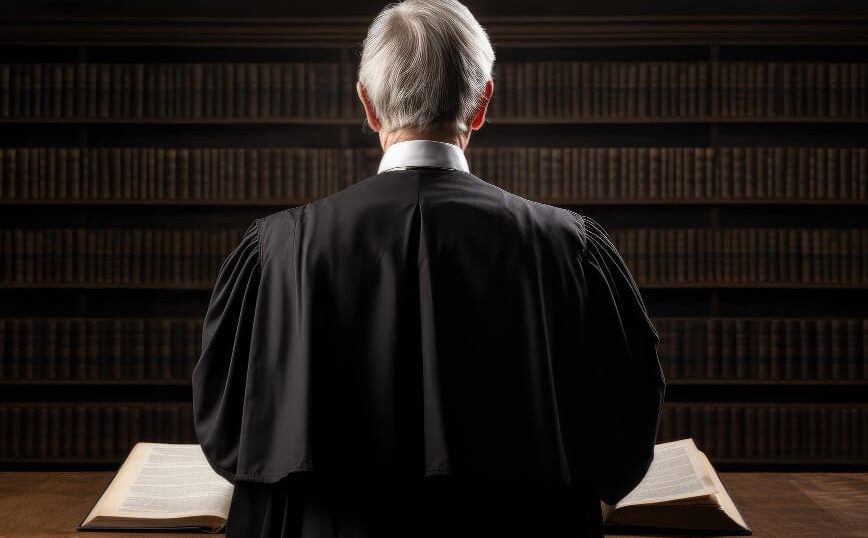Solicitors make up more applicants than barristers, but fewer appointments each year
A decade-long decline in judicial diversity has left solicitors struggling to gain traction in a profession where barristers continue to dominate, according to new figures from the Ministry of Justice.
The latest judicial diversity statistics reveal that non-barrister judges—mostly solicitors and legal executives—now make up just 40% of all court and tribunal judges, down from 48% ten years ago. In the courts specifically, their representation has dropped from 36% to 31%.
The numbers are even more concerning in senior roles. Just 8 of the 151 judges in the High Court and above have a non-barrister background—a mere 5%. And in the most recent Court of Appeal recruitment, all six appointees were barristers and silks.
During the 2024/25 judicial recruitment cycle, non-barristers made up 11% of new appointments, but accounted for 36% of those leaving the bench. This imbalance hints at an ongoing pipeline problem for solicitors seeking judicial roles.
Despite solicitors making up 45% of applicants, they were recommended in only 24% of cases, compared to barristers, who made up 37% of applicants but gained 48% of the recommendations.
Law Society president Richard Atkinson said the figures fuel the perception that the judiciary is not a level playing field. “Solicitors are continuing to achieve appointments at disproportionately low rates,” he warned. “Until this changes, our members will continue to believe the odds are stacked against them.”
Embed from Getty ImagesThe data also sheds light on gender and ethnic disparities in judicial recruitment.
Female applicants comprised nearly half (49%) of all applications and 52% of appointments, with overall female representation rising in both courts (25% in 2015 to 39% now) and tribunals (from 44% to 54%). Still, only 28% of senior court roles are held by women. District judges show the strongest balance, with women making up 48%.
However, ethnic minority representation remains patchy. While Asian and mixed-race candidates have seen marginal improvements, Black applicants remain disproportionately ruled out at every stage of the process. Currently, 11% of court judges and 14% of tribunal judges come from minority backgrounds—over half of them based in London.
The socioeconomic divide is just as stark. Applicants whose parents didn’t attend university or who come from lower-income backgrounds had a recommendation rate of just 7%, versus 11% for those from professional backgrounds.
Lady Chief Justice Baroness Carr acknowledged the slow pace of change. “Diversity in the judiciary is one of my key priorities,” she said. “Progress is too slow, and we cannot shy away from that—but we will persist in our efforts to make real change.”
As of 1 April 2025, there are 3,578 court judges, 1,716 tribunal judges, and 3,069 non-legal tribunal members. Yet for solicitors and underrepresented groups, the pathway to the bench remains narrow, despite ample evidence of their interest and capability.
